Remote Patient Monitoring Size
Remote Patient Monitoring Market Growth Projections and Opportunities
The Remote Patient Monitoring Market is forecast to get up to USD 7.27 Billion by 2030 at 18.64% CARGF during the forecast period (2022-2030). The Remote Patient Monitoring (RPM) Market is influenced by multiple factors which shape as whole and results in its dynamics. One of the critical factors is the mounting need for people-centered, cost-effective and quality-driven health solutions, with the inevitably growing number of aged people and the disease burden. Remote Patient Monitoring via technology provides a means by which the provider can monitor the patient's vital signs and health information from a distance to help reduce the frequency of hospital visits and hence improve healthcare outcome.
Technological breakthroughs act as key factors for the Remote Patient Monitoring market development. Continuously improving of wearable devices, sensors, and wireless technologies has increased the capacity of RPM systems (remote patient monitoring systems). Among several other things, these techologies facilitate for the real-time monitoring of patients' various health parameters like heart rate, blood pressure, etc. The implementation of digital platforms which promote online discussions between healthcare professionals and patients promotes proactive and personalized approach to patients' care.
The distribution of Government policies and reimbursement procedure significantly drive the growth of the Remote patient monitoring market. Taking into consideration the advantages which remote monitoring brings in enhancing patient outcomes as well as lowering healthcare expenditures, the government has initiated policies to stimulate the rollout of these RPM solutions. The reimbursement models that encourage remote patient monitoring service provisioning act as a financial backup for healthcare providers who use those technologies as part of their care delivery models.
Chronic diseases incidence including diabetes, cardiovascular and respiratory diseases are the factors contributing this demand for Remote Patient Monitoring solutions. Constant observation of patients with chronic illnesses presents a possibility to detect complications and give timely treatment in due course, as well as to improve therapy schedules. This, however, not only helps in improving patients outcomes, but also, manages health systems strain.
The economy aspect, such as the costs of healthcare delivery and the medium for healthcare cost savings, carries out the implementation of Remote Patient Monitoring systems. RPM is an important strategy that improving the hospital readmission rate, averting complications, and facilitating precautionary care and thus increasing the efficiency of healthcare delivery system. Market vendors have to convince healthcare providers about the economic benefits and return on investment associated with their remote health monitoring solutions to incentivize their widespread use across healthcare settings.
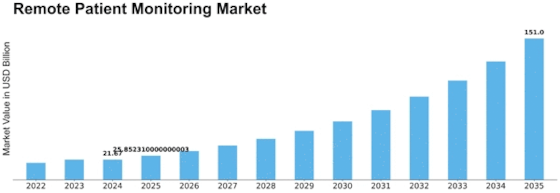

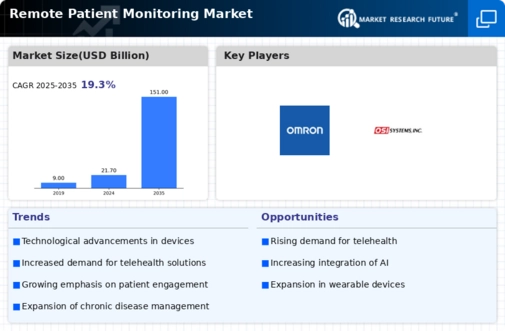
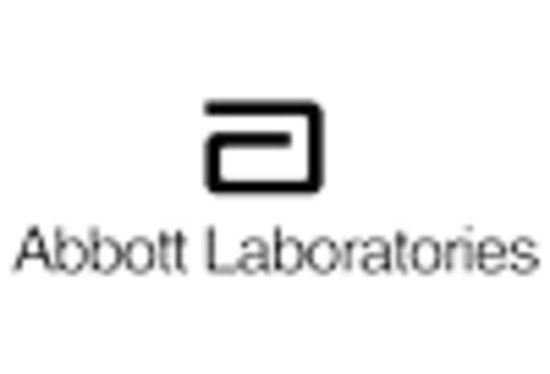
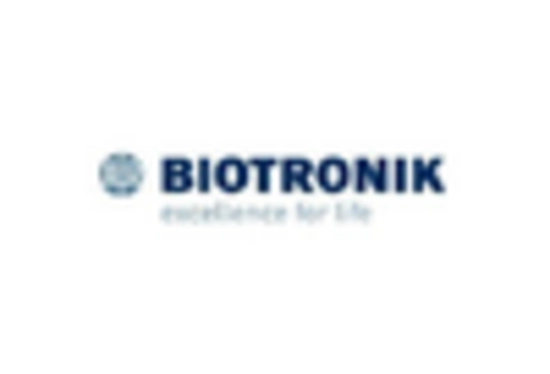
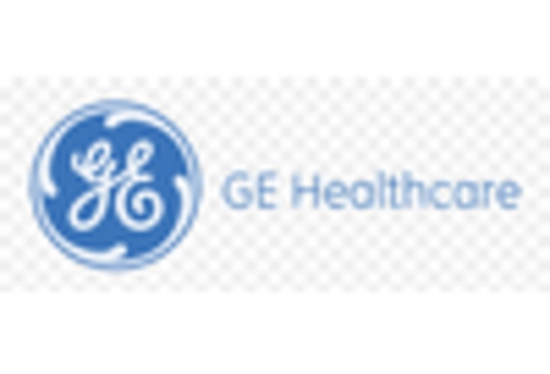


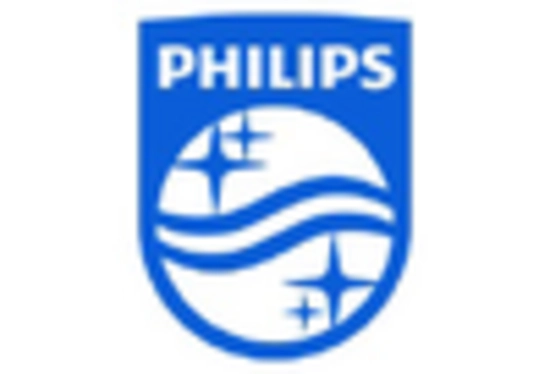









Leave a Comment